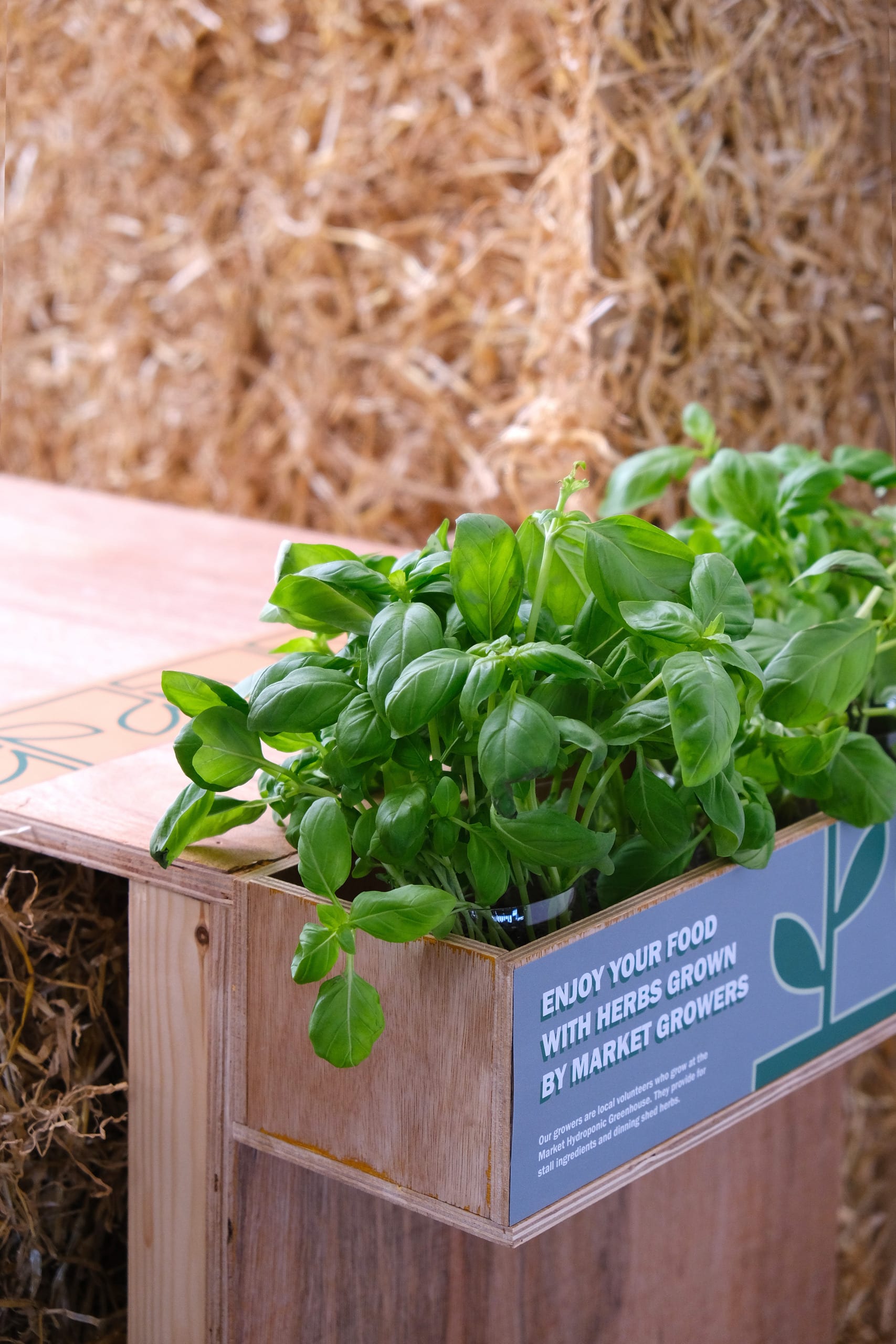For years, urban food markets have been receiving resources, selling food, and importing waste, all while visitors come and go, consuming without a second thought. It's a convenient yet anthropocentric way of consumption, neglecting the facts of transportation emissions and untransparent food waste management.
But what if we could have a decentralized food system and let no food waste travel outside the market?
Food Market Tomorrow does it by integrating people's engagement.























